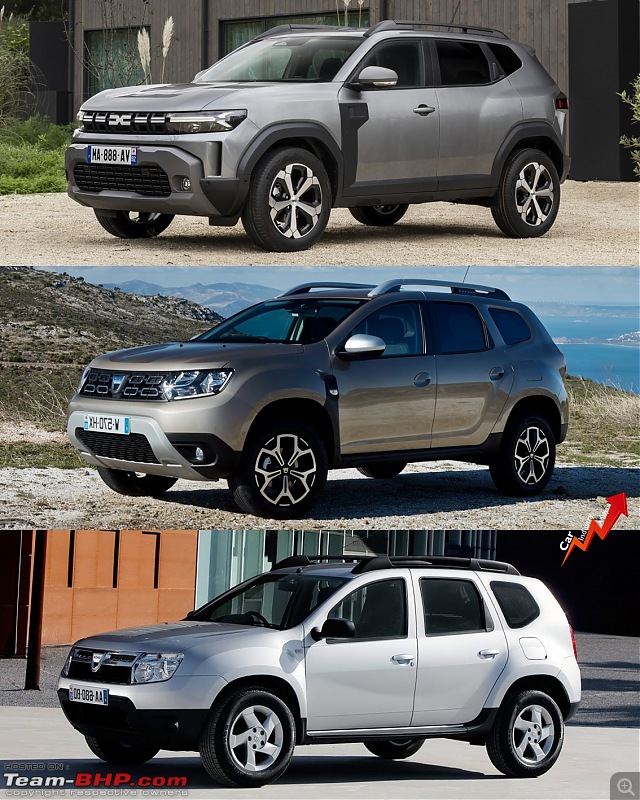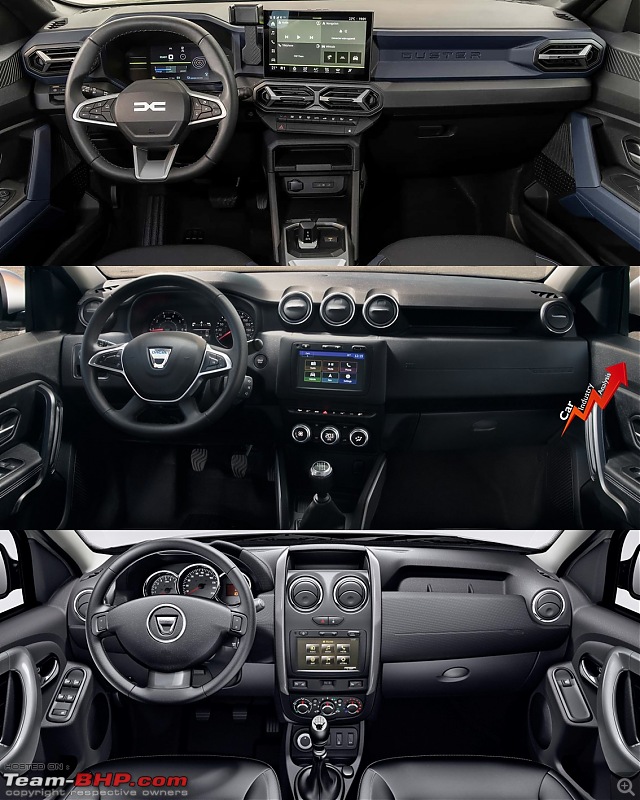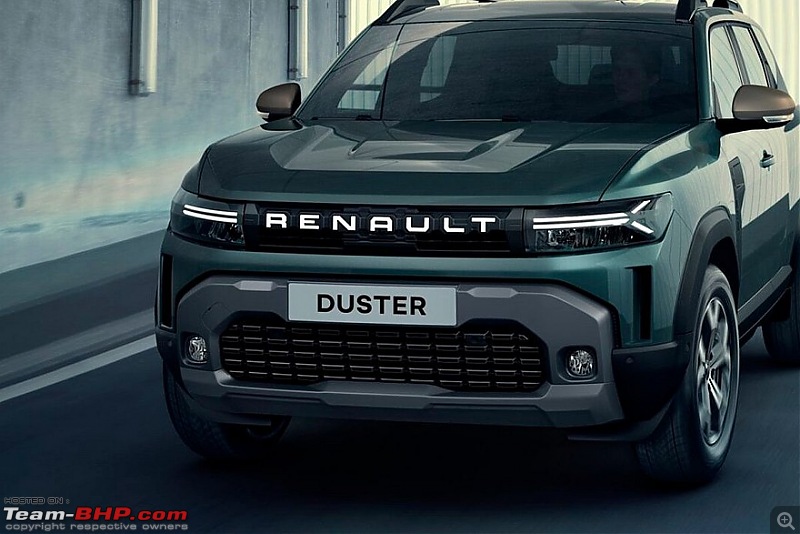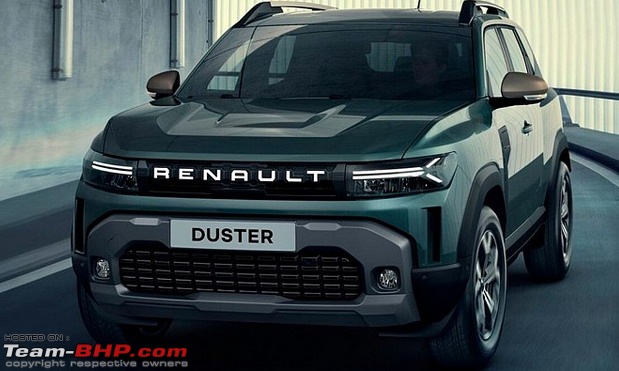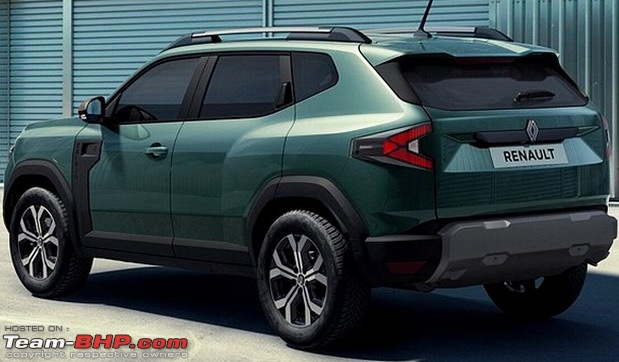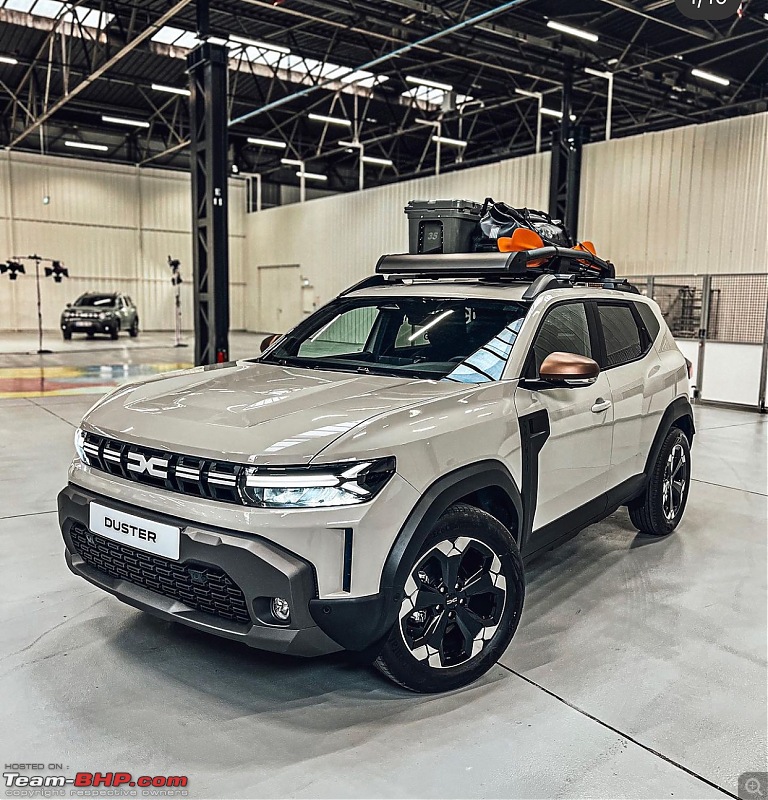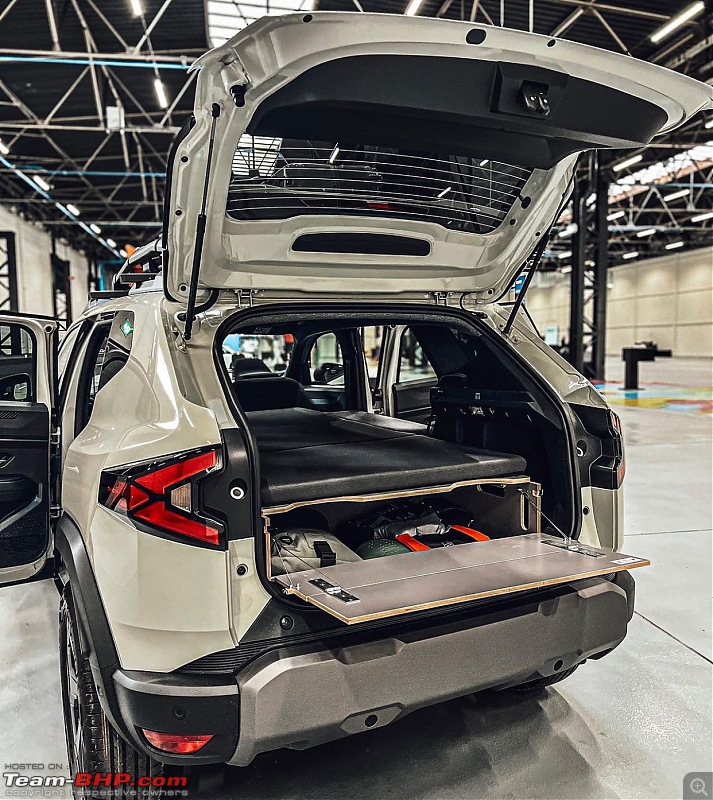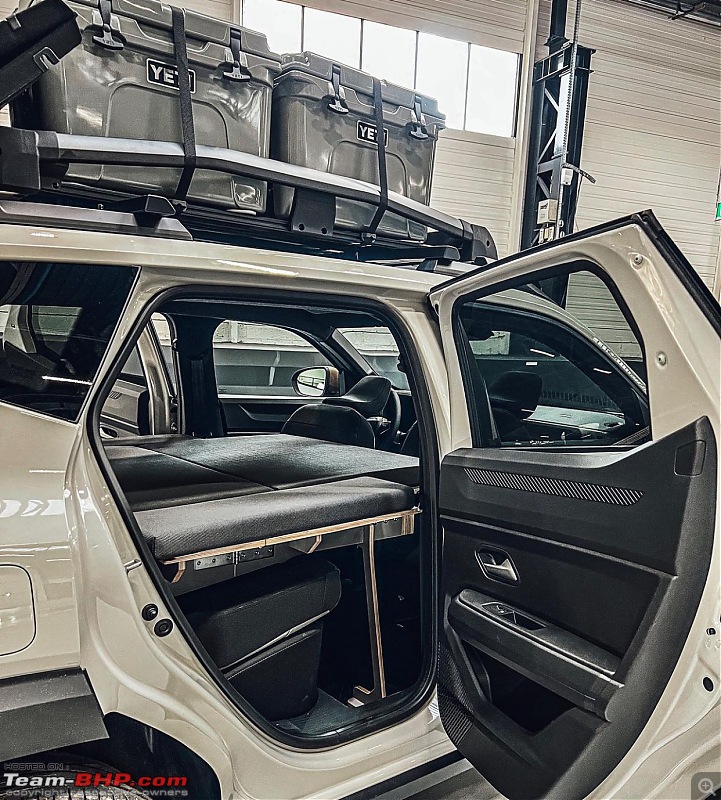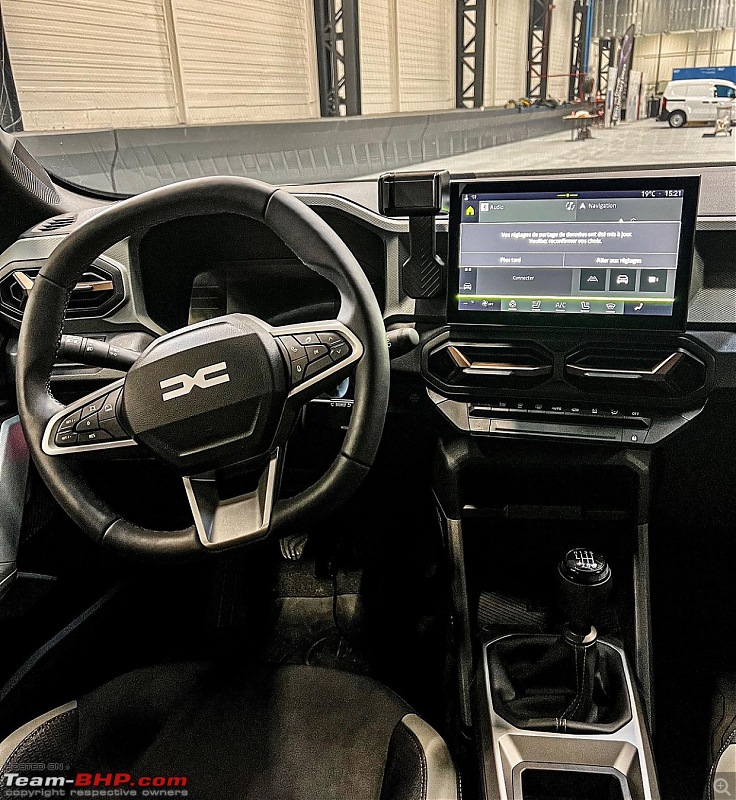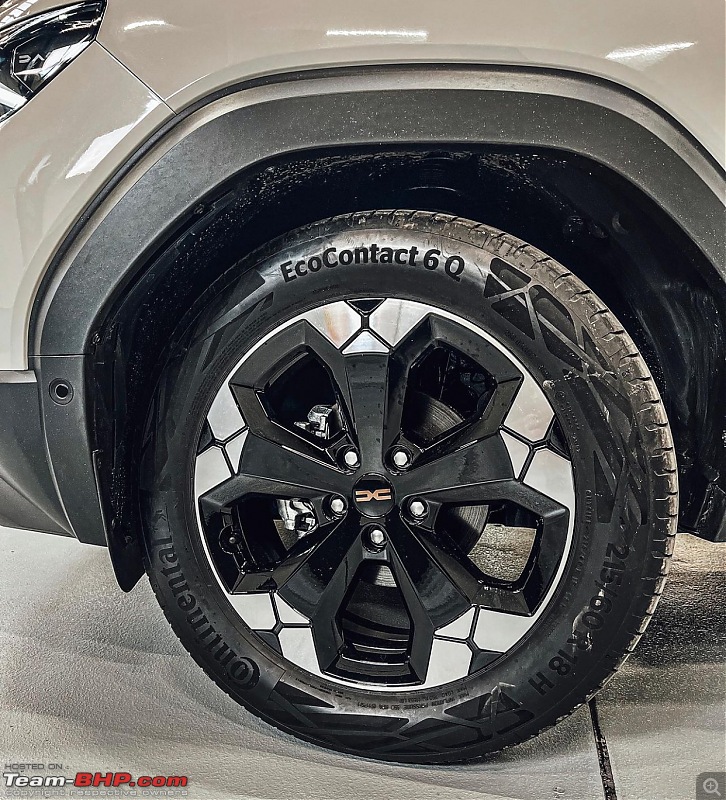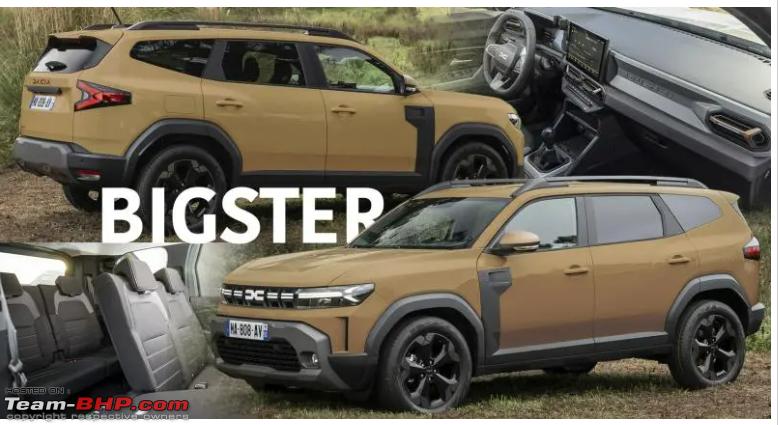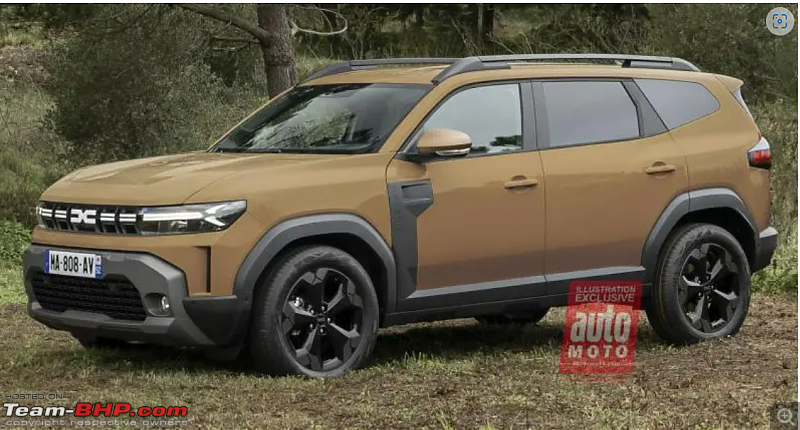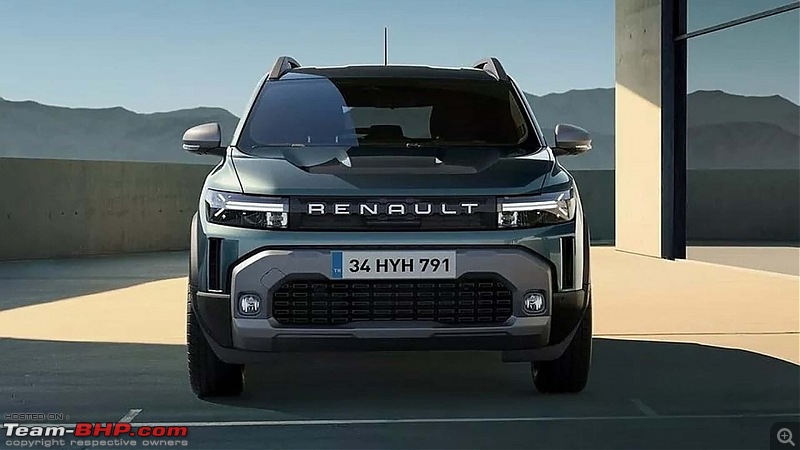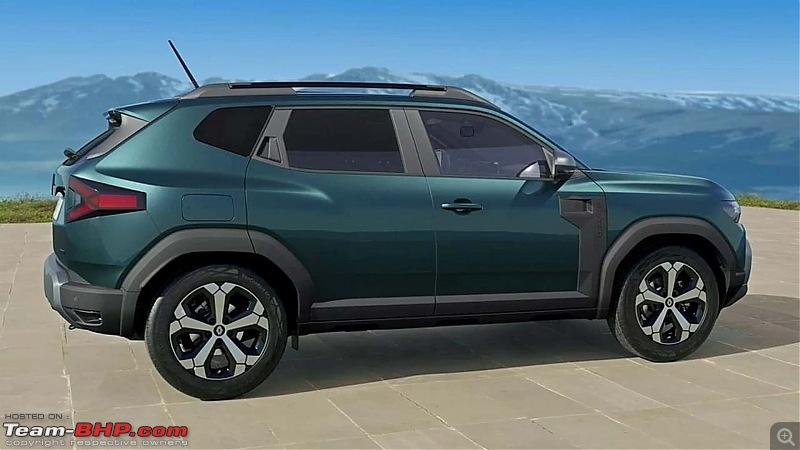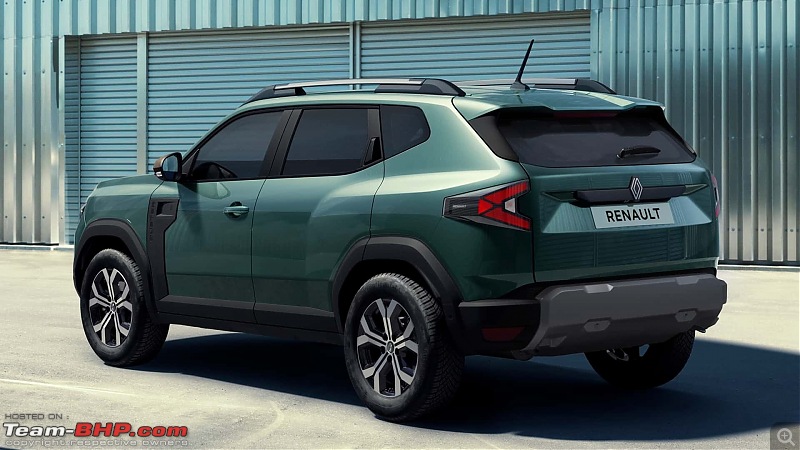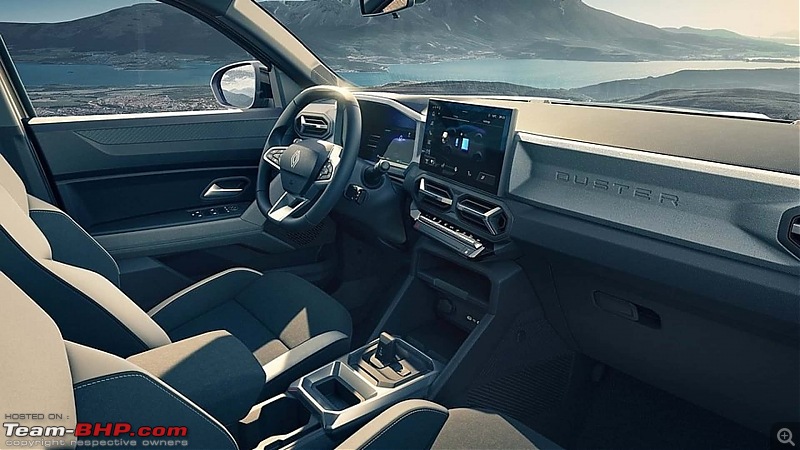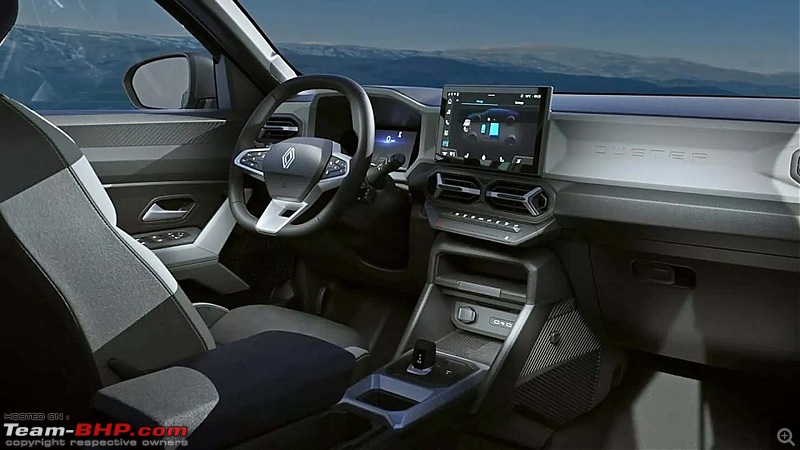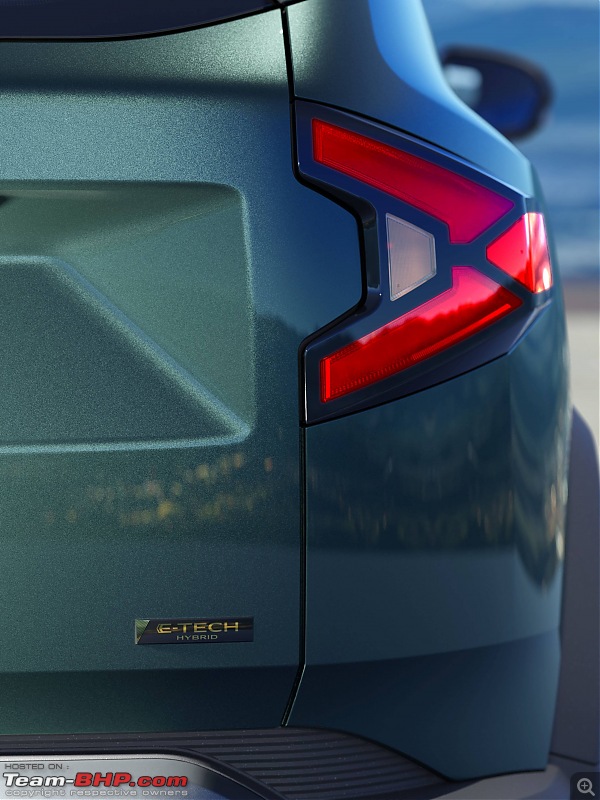New Duster at the 2024 Genva Motor Show.
- New Duster goes one step further and offers more performance thanks to the CMF-B platform
- New Duster improves its attack capabilities in 4x4 version
- New Duster opts for more sustainable materials and hybrid powertrains
-The front and rear guards are mass tinted. The fact that no paint is used is an advantage from an environmental point of view, but also an advantage for customers: even scratched or scratched, these protections never lose their original color.
- The underbody and wheel arch side guards, distinctive parts, front bumper triangles and rear bumper apron are made of a robust new material.
- The design of the interior does not forget the essential, i.e. the useful. Ergonomics have been particularly careful with a 10.1-inch central display located in the field of vision and oriented 10° towards the driver.
-The new automatic gearbox control, together with the HYBRID 140 engine, is particularly ergonomic. The steering wheel, with its two flat upper and lower parts, is very convenient to use, while at the same time facilitating access on board the vehicle.
- Inside, it in the contours of the air vents, whose surface forms a Y (Copper Brown in Extreme finish), and in the door panels where the Y extends around the armrests. In the center of the steering wheel, the Dacia logo replaces the brand name.
- Outside, the new Duster receives the Y-shaped light signature at the front and rear lights. This same Y is repeated in the pattern of the alloy wheels, whose shiny effect is obtained without chrome, when working the raw material.
New Duster is available with a
4x4 Terrain Control transmission that can be controlled via 5 riding modes:
AUTO: The transmission automatically distributes torque between the front and rear axles based on grip and speed.
SNOW: Optimizes trajectories on slippery roads thanks to specific ESC and Extended Grip settings
MUD/SAND: For riding on soft surfaces such as muddy or sandy roads.
OFF-ROAD: Offers the best off-road and rough road capabilities. It is very close in terms of performance to the current Duster's 4x4 lock mode, but it goes further by automatically and optimally distributing torque between the front and rear wheels depending on the grip conditions detected and the speed of the vehicle.
ECHO: It makes it possible to optimise fuel consumption by acting on the air conditioning and performance of the vehicle. It optimises the distribution of torque between the front and rear axles in the best possible way to limit fuel consumption while adapting to the grip conditions of the road.
Off-road ground clearance: 217 mm (measured between wheelbases) for the 4x4 version, at the best level on the market.
Even more
favourable approach and departure angles for overcoming obstacles in the 4x4 versions, up to 31° at the front and 36°, and a ventral angle of 24°.
Descent trajectory control system. This system is especially useful when driving off-road or on steep slopes. In particular, it acts on the brakes to prevent the vehicle from being packed and thus ensure an adequate speed from 0 to 30 km/h. The system works in all gears of the gearbox, including reverse. The driver can no longer worry about the accelerator and brake pedals, and only attends to the steering wheel.
The 10.1-inch central display displays a lot of information that is particularly useful for off-road driving:
Right/left lateral tilt angle of the vehicle
Pitch angle for appreciating upward and downward slopes
Torque distribution between front and rear axles (4x4 version)
NEW HYBRID POWERTRAINS
Duster HYBRID 140. Adopted by Dacia at the beginning of 2023 in Jogger, the HYBRID 140 engine now arrives in the new Duster. It is based on proven and recognized technologies within Renault Group, consisting of a 1.6-litre, 4-cylinder, 94 hp petrol engine, two electric motors (a 49 hp engine and a high-voltage starter/generator) and an electrified automatic gearbox. It has 4 gears dedicated to the thermal block, as well as another 2 for the electric. This combined technology is made possible by the absence of a clutch.
Regenerative braking, coupled with the high energy recovery capacity of the 1.2 kWh (200 V) battery and the performance of the automatic gearbox, delivers up to 80% of city driving time in all-electric mode, consumption savings of 20% in the combined cycle and up to 40% in the urban cycle. In addition, the starting is systematically carried out in 100% electric mode.
Duster TCe 130. This engine arrives for the first time at Dacia, offering customers a first level of electrification. It combines a new-generation 1.2-litre 3-cylinder turbocharged petrol engine based on the Miller cycle (optimised performance and less pumping losses) with a 48V light hybridisation system. The latter supports the combustion engine during the start-up and acceleration phases, thus reducing average consumption and CO2 emissions by approximately 10%*.
It offers greater driving pleasure (repris, acceleration) than the current TCe 130 thanks to the boost provided by this system: the vehicle is more reactive and its handling smoother. Regenerative braking allows the 0.8 kWh battery to be recharged in a way that is completely imperceptible to the driver.
The TCe 130 is available with a 6-speed manual gearbox for the 4X2 and 4X4 versions.
Duster 100 ECO-G. Dacia, the undisputed leader in LPG in Europe, is the only manufacturer to offer petrol and LPG bi-carburetion in all its thermal models under the ECO-G label. The new Duster also benefits from the integration of this tried-and-tested technology into the original equipment, which guarantees safety and reliability.
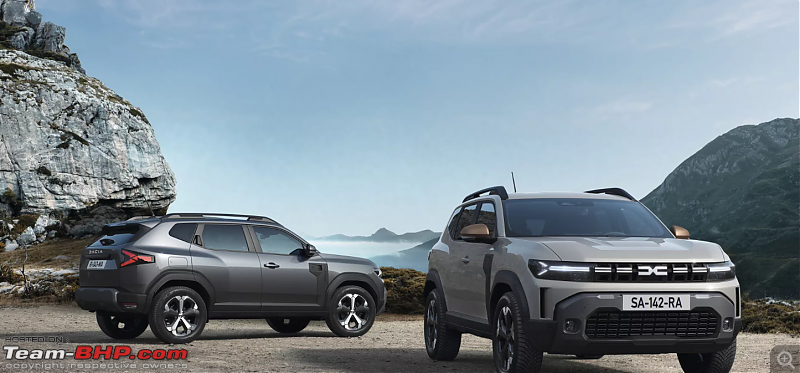
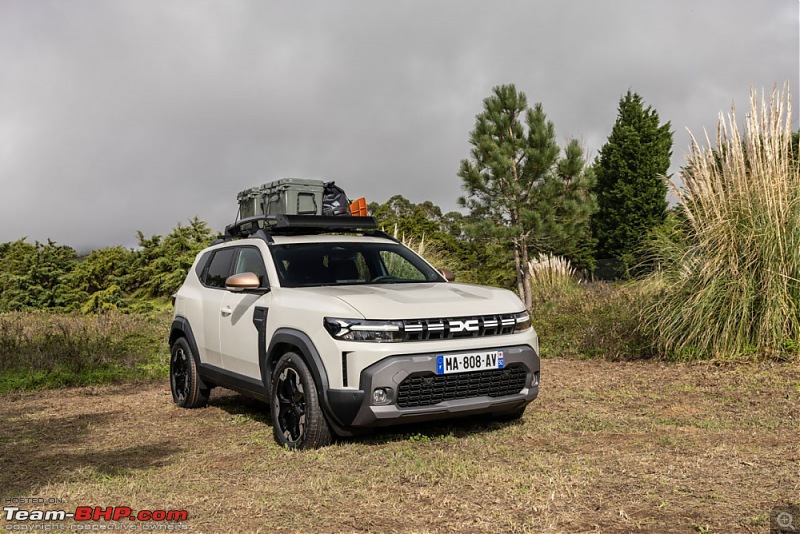
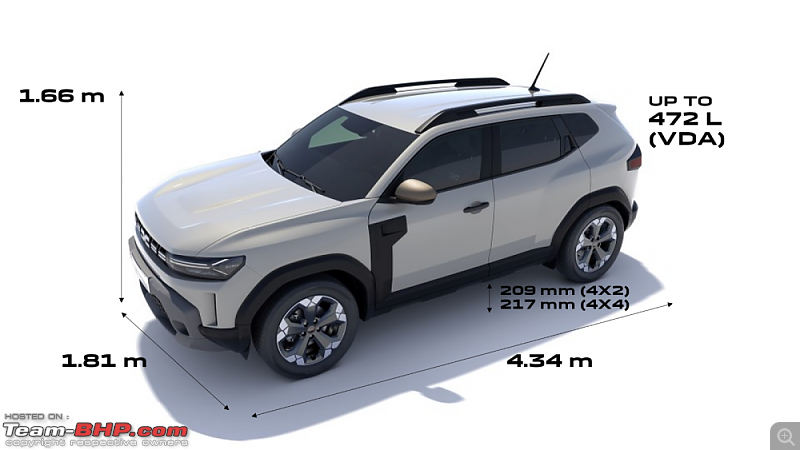

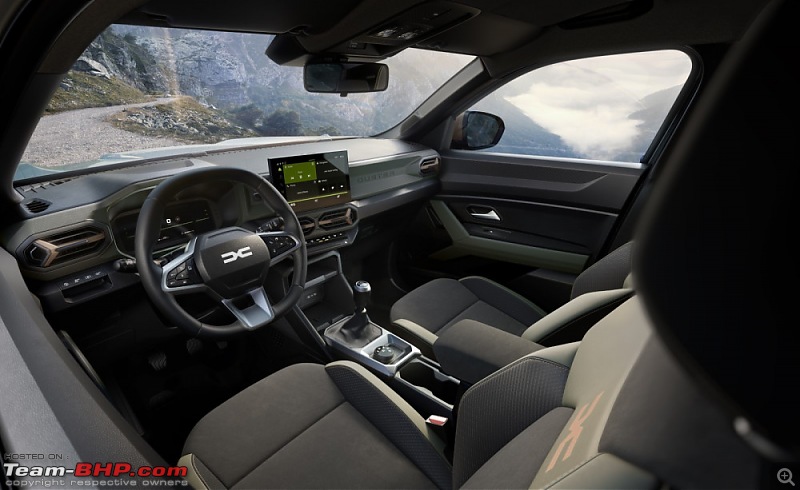


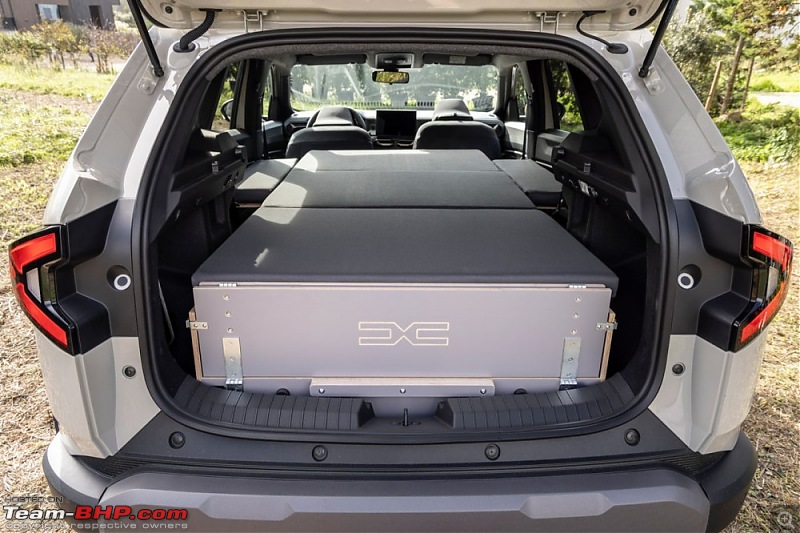
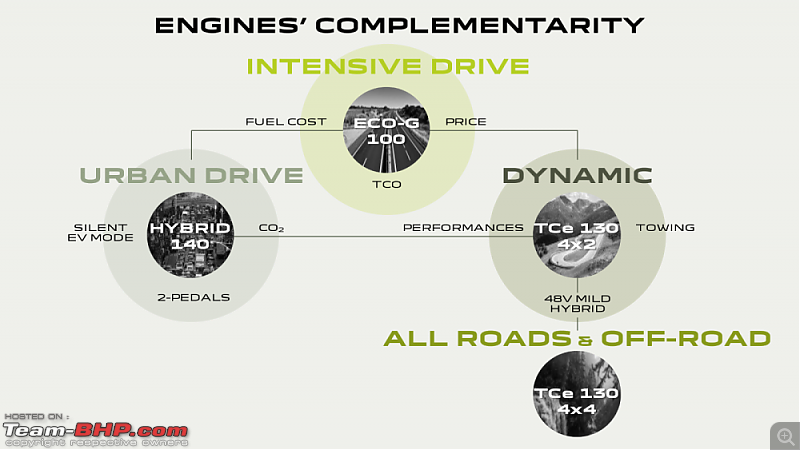
Source: Dacia



 (8)
Thanks
(8)
Thanks

 (13)
Thanks
(13)
Thanks

 (7)
Thanks
(7)
Thanks

 (7)
Thanks
(7)
Thanks

 (6)
Thanks
(6)
Thanks

 (11)
Thanks
(11)
Thanks
 (3)
Thanks
(3)
Thanks
 (3)
Thanks
(3)
Thanks
 (2)
Thanks
(2)
Thanks

 (2)
Thanks
(2)
Thanks

 (2)
Thanks
(2)
Thanks
 (2)
Thanks
(2)
Thanks




